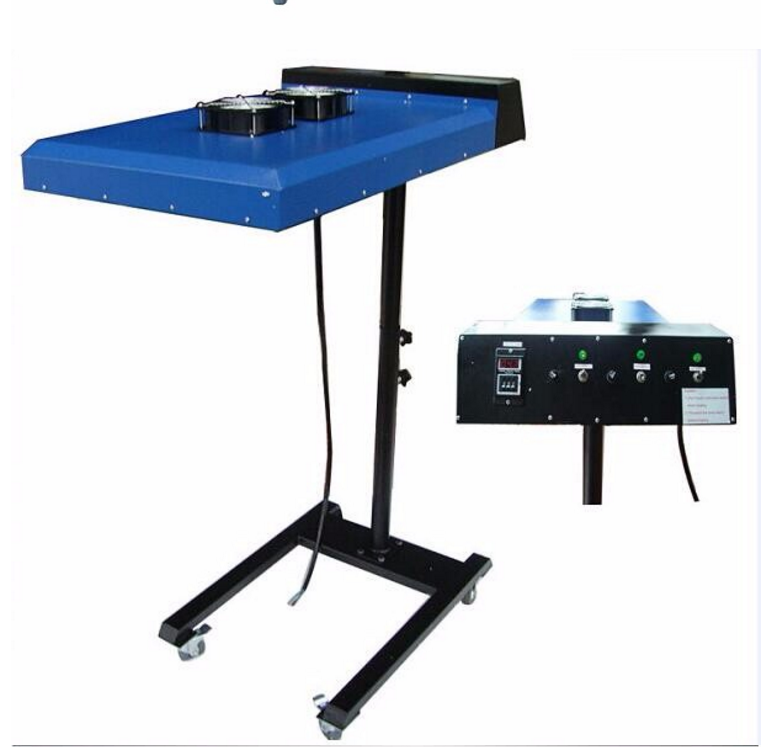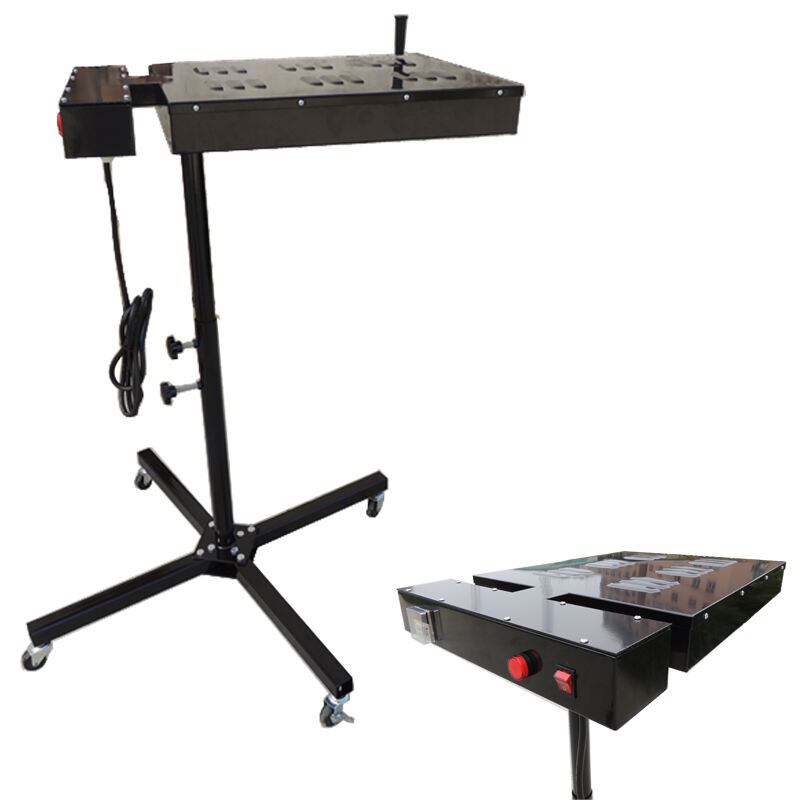Understanding Flash Dryer Challenges in Modern Manufacturing
Flash dryers play a crucial role in various manufacturing processes, from textile production to chemical processing. These sophisticated drying systems utilize high-temperature air streams to rapidly remove moisture from materials, making them indispensable in modern industrial operations. However, like any complex equipment, flash dryers can experience operational issues that impact production efficiency and product quality.
Manufacturing facilities worldwide rely on flash dryers to maintain consistent production schedules and meet quality standards. When these systems encounter problems, the entire production line can grind to a halt, resulting in significant financial losses and delivery delays. Understanding common issues and their solutions is essential for maintaining optimal performance and preventing costly downtime.
Temperature Control and Heating Issues
Inconsistent Heat Distribution
One of the most frequent challenges with flash dryer operations is maintaining uniform heat distribution throughout the drying chamber. When heat distribution becomes uneven, it can lead to inconsistent drying results and product quality issues. This problem often stems from worn-out heating elements, blocked air channels, or improper system calibration.
To address inconsistent heating, operators should regularly inspect heating elements for signs of wear or damage. Implementing a systematic maintenance schedule that includes cleaning air channels and verifying temperature sensor accuracy can help prevent these issues. Modern flash dryers also benefit from advanced temperature monitoring systems that provide real-time data on heat distribution patterns.
Temperature Fluctuation Management
Sudden temperature variations in flash dryer systems can compromise product quality and energy efficiency. These fluctuations may occur due to mechanical issues, environmental factors, or improper control system settings. Maintaining stable temperatures is crucial for achieving consistent drying results and protecting sensitive materials.
Effective solutions include installing advanced temperature control systems with PID controllers, regularly calibrating temperature sensors, and implementing proper insulation measures. Training operators to recognize early signs of temperature instability can also help prevent major disruptions in the drying process.

Material Flow and Feeding Problems
Feed Rate Inconsistencies
Proper material feed rate is critical for flash dryer performance. When feed rates become irregular, it can lead to inefficient drying, product quality issues, and increased energy consumption. Common causes include mechanical feeder problems, material bridging, and incorrect feed system settings.
To optimize feed rate consistency, manufacturers should implement automated feeding systems with precise controls. Regular maintenance of feed mechanisms, proper material preparation, and operator training on feed rate adjustments are essential steps in preventing these issues.
Material Agglomeration
Material clumping or agglomeration within the flash dryer system can severely impact drying efficiency and product quality. This issue often occurs due to improper moisture content, inadequate dispersion, or unsuitable operating temperatures. When materials stick together, they become harder to dry uniformly and may damage internal components.
Solutions include optimizing initial moisture content, improving material preparation processes, and maintaining appropriate operating temperatures. Installing advanced dispersal mechanisms and implementing regular cleaning procedures can also help prevent agglomeration issues.
Energy Efficiency and Consumption Concerns
High Energy Usage Patterns
Flash dryers typically consume significant amounts of energy, and inefficient operation can lead to excessive power consumption. Understanding and optimizing energy usage patterns is crucial for maintaining cost-effective operations while meeting production requirements.
Implementing energy monitoring systems, conducting regular efficiency audits, and upgrading to more energy-efficient components can help reduce power consumption. Modern flash dryers often incorporate heat recovery systems and smart controls to optimize energy usage without compromising drying performance.
Heat Loss Prevention
Excessive heat loss in flash dryer systems can significantly impact energy efficiency and operating costs. Common sources of heat loss include poor insulation, air leaks, and inefficient heat recovery systems. Addressing these issues is essential for maintaining optimal energy efficiency.
Regular inspection and maintenance of insulation materials, sealing air leaks, and upgrading heat recovery systems are effective solutions. Modern thermal imaging technology can help identify areas of heat loss and guide targeted improvements.
Maintenance and System Longevity
Wear and Tear Management
Flash dryer components naturally experience wear over time, particularly in high-temperature and high-throughput operations. Regular monitoring and proactive maintenance are essential for preventing unexpected breakdowns and extending equipment life.
Implementing a comprehensive preventive maintenance program, including regular inspections, component replacement schedules, and performance monitoring, can help manage wear and tear effectively. Using high-quality replacement parts and maintaining proper operating conditions also contributes to system longevity.
Cleaning and Contamination Control
Material buildup and contamination can significantly impact flash dryer performance and maintenance requirements. Regular cleaning and contamination control measures are essential for maintaining optimal operation and preventing system damage.
Developing systematic cleaning procedures, installing appropriate filtration systems, and training operators in proper cleaning techniques can help prevent contamination-related issues. Modern flash dryers often incorporate self-cleaning features and advanced filtration systems to minimize maintenance requirements.
Frequently Asked Questions
How often should a flash dryer undergo maintenance inspection?
Professional maintenance inspections should be conducted at least quarterly, with more frequent checks for high-usage systems. Daily operational checks by operators and weekly basic maintenance routines are also recommended to ensure optimal performance and prevent unexpected issues.
What are the signs of declining flash dryer efficiency?
Key indicators include increased energy consumption, longer drying times, inconsistent product moisture content, unusual noise or vibration, and temperature fluctuations. Regular monitoring of these parameters can help identify efficiency issues early and prevent major problems.
How can operators optimize flash dryer performance for different materials?
Optimization involves adjusting operating parameters such as temperature, feed rate, and air flow based on material properties. Conducting trial runs, maintaining detailed operation logs, and working with material-specific protocols can help achieve optimal drying results for different products.
What role does air quality play in flash dryer operation?
Air quality significantly impacts drying efficiency and product quality. Clean, dry air is essential for optimal performance. Regular maintenance of air filtration systems, monitoring humidity levels, and ensuring proper ventilation can help maintain appropriate air quality standards.

